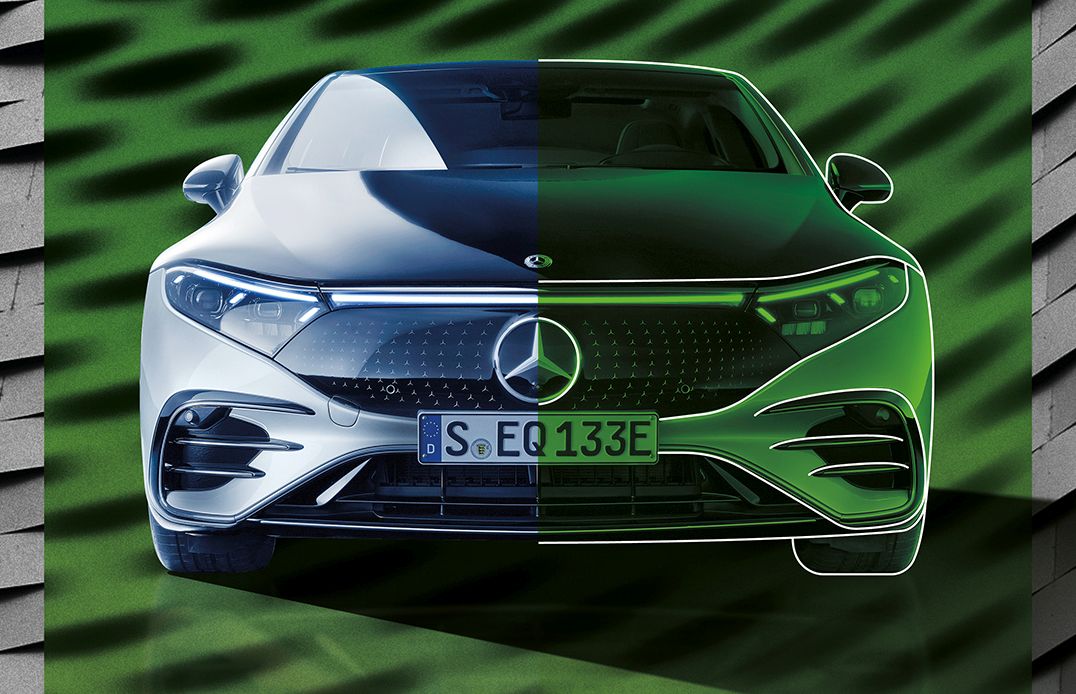STUTTGART: Mercedes-Benz AG is the first car manufacturer to take an equity stake in Swedish start-up H2 Green Steel (H2GS) as a way to introduce CO2 free steel into series production.
It aims to make use of the "green steel" in various vehicle models by 2025.
H2 Green Steel was founded in 2020, aiming to build a large-scale fossil-free steel production facility in northern Sweden. H2GS expects to produce 5 million tons of fossil-free steel by 2030. The founder and largest shareholder is Vargas, which is also co-founder and one of the largest shareholders in Northvolt.
Together with its steel suppliers, Mercedes-Benz is retooling its supply chain to focus on the prevention and reduction of CO2 emissions rather than compensation. The partnership with HSGS is another step towards CO2 neutrality, which Mercedes-Benz is pursuing as part of Ambition 2039, its goal to achieve a fully connected and CO2 neutral vehicle fleet in 2039 - 11 years earlier than the EU legislation requires.
"With an equity stake in H2 Green Steel, Mercedes-Benz is sending an important signal to accelerate change in the steel industry and increase the availability of carbon-free steel," said Markus Schäfer, Member of the Board of Management of Daimler AG and Mercedes-Benz AG; responsible for Daimler Group Research and Mercedes-Benz Cars COO.

"As a first step, we are investing a single-digit million amount."
A Mercedes-Benz sedan is for example made from about 50% steel, which accounts for about 30% of CO2 emissions in production. With the partnership, Mercedes-Benz is tackling one of the biggest challenges in the automotive industry on the road to CO2 neutrality.
By using a new, innovate manufacturing process, the production of steel at the supplier level is CO2 free. By contrast, steel produced using a classic blast furnace, emits an average of more than two tons of CO2 per ton.
In the new process, the supplier uses hydrogen and electricity from 100 % renewable energy sources instead of coking coal in steel production. The hydrogen serves as a reduction gas, which releases and binds the oxygen from the iron ore. Unlike the use of coking coal, this does not produce CO2, but water. The supplier uses electricity from 100% renewable sources for the energy requirements generated in the manufacturing process.












